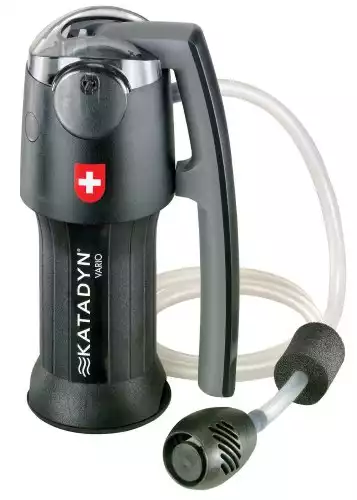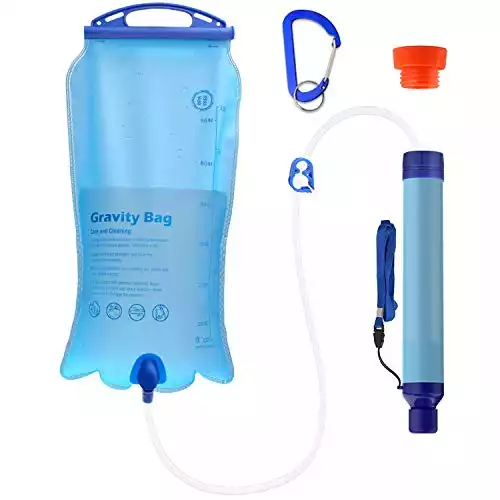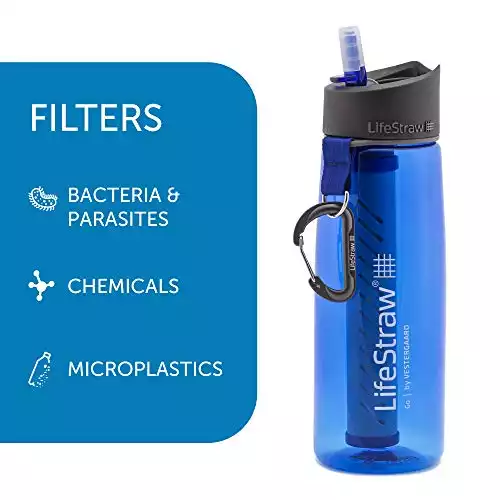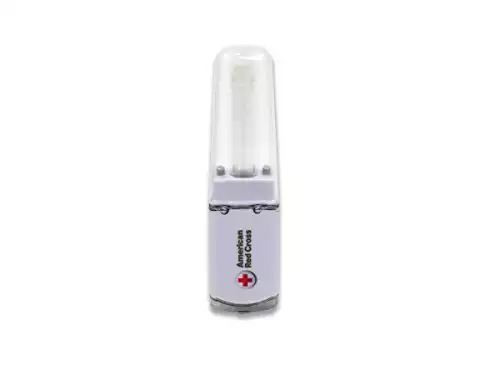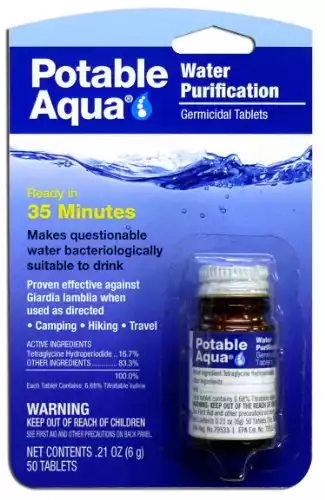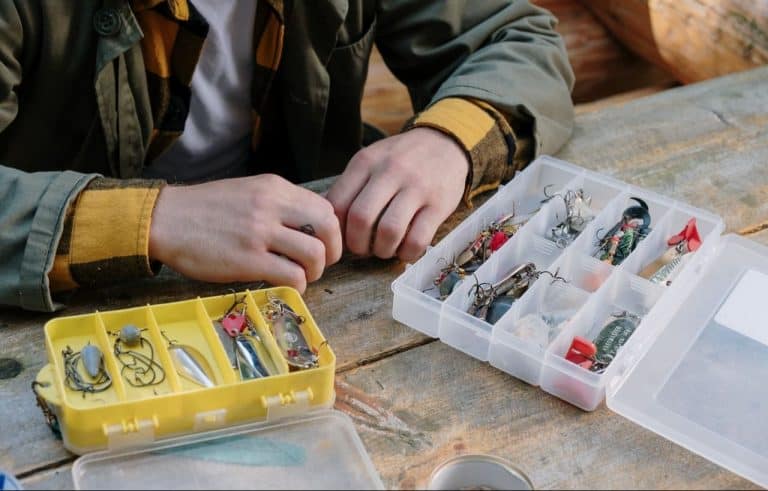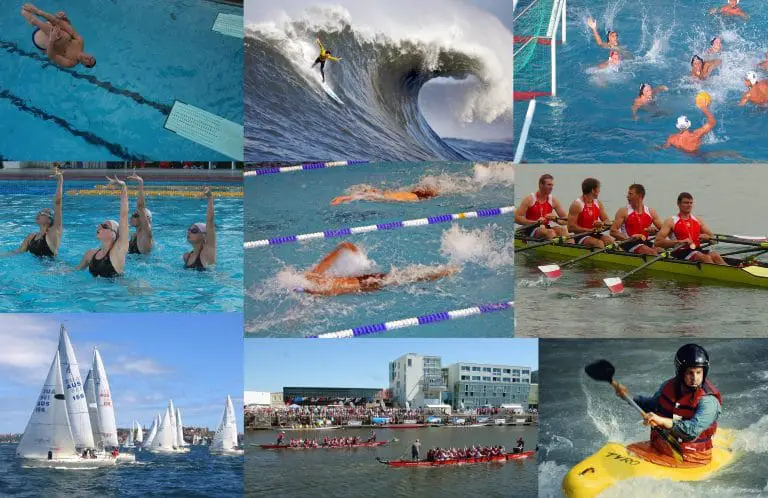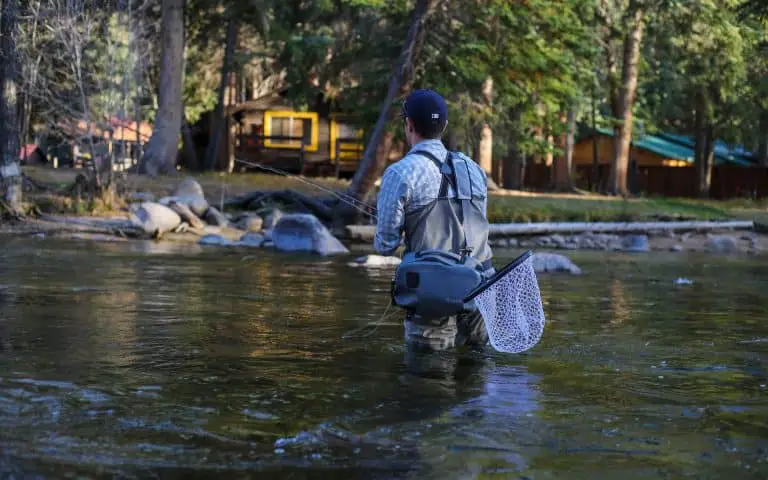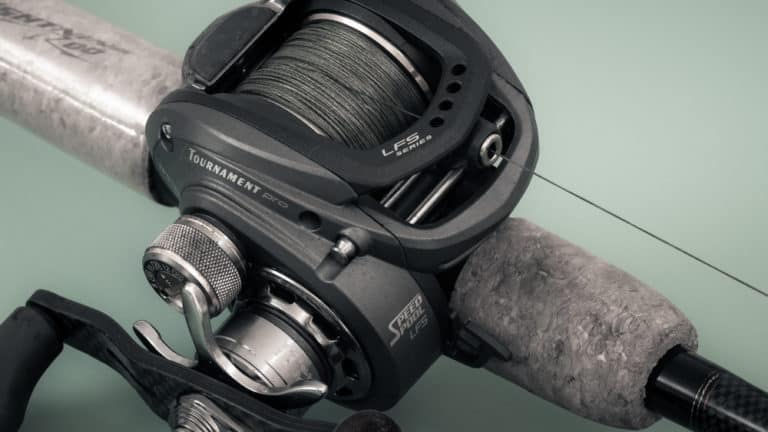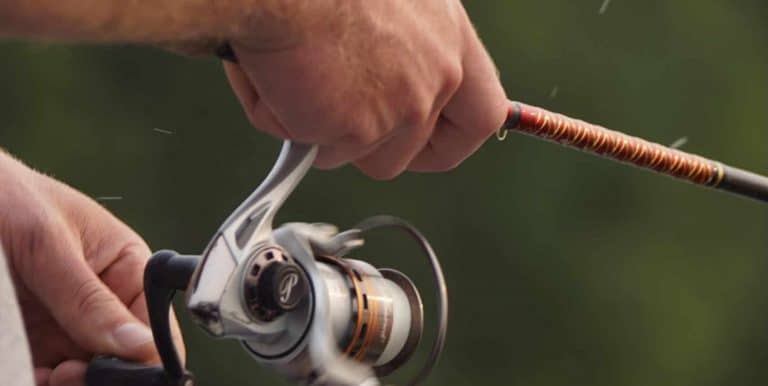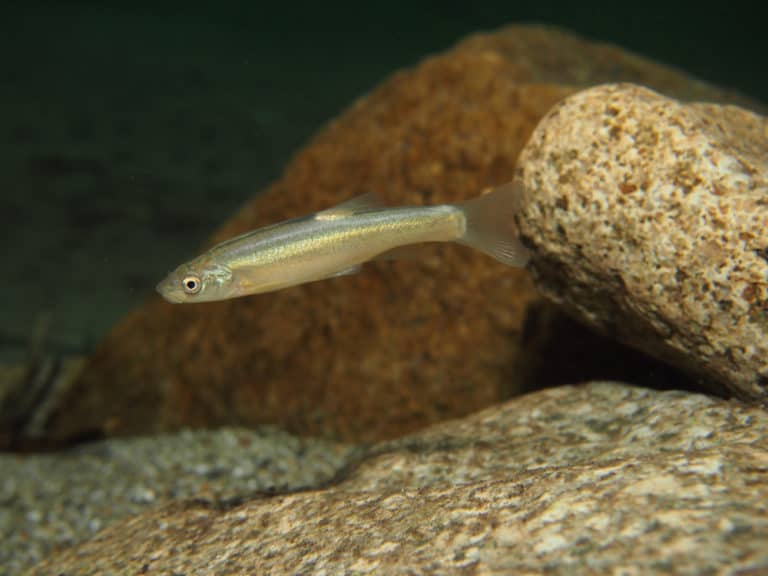Choosing The Best Outdoors & Travel Water Filter
Allow me to paint a picture: you’re in the outdoors with your family. Your dog trotted off and has come back covered in duckweed.
Your children have stopped fighting and are instead walking with big sticks and making up stories. You hold your partner’s hand and enjoy some time together as companions and friends. Sounds nice, right?
Not for long…Nothing ruins a good hike faster than feeling thirsty. Your throat goes scratchy, you’re more tired and irritable and you can’t have a drink because you only brought one bottle of water and it spilled in the car.
Now, consider how much better this would be if you could just have a sip from a nearby lake.
You were planning on paddling in your kayak anyway, and the dogs clearly had some of the water so it should be fine, right? Probably not.
Depending on where in the world you are you could encounter anything from viruses and bacteria to fecal matter. Choosing the best travel water filter can get you out of this issue.
At some point, almost everyone adventurous will have to find a way to clean water.
From people traveling through the wilderness to anyone visiting a country where the tap water isn’t safe, it’s pretty common, and knowing what to do can keep you healthy.
We’re going to discuss all the different methods of disinfection, purification, and filtering so you can decide which one is best for you.
Sometimes you might need to use more than one method, and some people may not be able to use certain things.
Let’s start with some top tips:
- If you can, bring at least one bottle of clean water with you, for emergencies. Bottled water isn’t great for the environment but you can recycle it when you’re done, and it means that you’ve got backup in case it’s necessary.
- Think about how many people you’ll be providing water from and how much they will need. If you’re going for a walk for a few hours, a purifying straw should be fine but if you’ll be cooking or going on a longer hike it’s better to have full bottles or skins of clean water.
- Make sure you read all instructions on the packet carefully. We’ll give you advice here, of course, but some products use will operate differently and you need to stay safe.
- Take into account your own needs. For example, water treated with iodine is fine (it doesn’t taste great, but it’s safer than untreated water) but you can’t drink it if you’re over 65, are pregnant, or have any thyroid issues. Likewise, charcoal filters are useful but charcoal can stop you from absorbing medication so be cautious and make sure there aren’t any dangerous overlaps.
- Keep clean! Bring hand sanitizer and use it before and after you drink. If you’re sharing a bottle or straw between two people, try to wash it between them: multipurpose soap that can be used for washing people and eating/drinking equipment is really easy to find and endlessly useful.
- Take at least two methods of purifying water, especially if you’re hiking alone. A friend might give you some water if your filtering bottle breaks, but it’s best not to rely on that as your sole backup. Try to avoid having two of the same pieces of purifying equipment, so you’re prepared for different situations as they arise.
- Try it before you go out. Regardless of what kind of filter or purifier you end up with, it’s worth giving it a trial run at home to see if you’re using it correctly and to make sure there are no broken pieces.
- Think about where you are in the world. Not in a philosophical sense- just, what local bacteria and other nasties are you likely to run into, and do you need to do anything special to treat them.
- It’s cartoon advice, but don’t eat yellow snow. If you’re in an area with a lot of ice or snow, find some that look fresh and clean. If you’re in a cold area, your water bottles are likely to freeze and may break, and chemical purifiers won’t work as well so snowmelt might be your best bet.
Using a water filter:
Firstly, there are the filters. These basically act like miniature sieves to remove bacteria, protozoa (single-cell organisms that can be parasitic), and grit from the water.
It’s unusual for filters to remove viruses because they’re so tiny, but it is possible so take some time to check if you’re going to use the filter as the primary method of cleaning the water.
Pump Filters
If you’d like to try a filter, there are a number of different types to consider. The first is a pump filter, which pretty much does what it sounds like. Then there’s a water bottle with a tube coming out of the top, and in the middle of the tube is a filter.
You put the tube in a river or lake and pump so that water goes into the tube and through the filter, which cleans out all of the nasty stuff and drops clean water into your bottle.
These are useful because they’re easy to use and you can buy replacement tubes and filters easily when you need them. However, they’re not good if you’ve got a large group of people and they can get heavy and take up a lot of room in your backpack.
Gravity Filters
Next, there are gravity filters. No, your water won’t go into zero-gravity or anything- this is a really simple idea. You have a bag connected to another bag or bottle with a tube. In the tube is the filter.
You put dirty water in one bag and then hang it up on a tree or other platform, and put the other bag or bottle lower down. The water trickles from one bag to the other and is cleaned through the filter.
You can repeat this for as much water as you like, but make sure you don’t mix up the ‘clean’ and ‘dirty’ bags.
These are great for camps and larger groups of people because you can get a lot of water cleaned. This can then be used for cooking or possibly even washing off blisters because it’s hygienic now.
They’re not really suitable for little trips because then you’ll have to wait around whilst the water is filtered and have to mess around with hanging the bags correctly.
‘Drink Through’ Filters
Moving on, there are drink-through filters. This is what most people might expect when thinking of a water filter for use in the outdoors: it’s a reusable plastic water bottle with a filter in.
You put the dirty water in the bottle and then drink through a sports-cap style opening, which gives you clean water directly into your mouth.
These are probably the easiest to use and transport because they usually take up the same amount of room as a normal water bottle. Some deflate and can get even smaller, if necessary.
However, the water comes out very slowly and it’s not especially satisfying to drink drop by drop. These can also break easily which isn’t great, particularly if you’re concerned about accidentally drinking dirty water.
The other kind of drink-through filter is literally a straw that you put into a water source and suck on. The water goes through the filter and into your mouth straight away. They’re easy to use and don’t take up much room, but you can only use them for drinking water at that particular point and can’t be used for clean water to cook with.
Using a water purifier:
Secondly, there are purifiers. These are liquids or tablets that you can add to your water to kill bacteria, viruses, and protozoa.
You can also use UV purifiers, which light up the water and kill anything in it. They look a little bit like pens and work as a water torch: the UV light is switched on and put in a bottle of dirty water and then bacteria, viruses, and protozoa die.
Purifiers are much more affordable than filters, and they take up much less room in backpacks which can make them much better for trekking and camping, especially if you’re carrying all of your equipment with you.
UV Purifier
UV purifiers are great for small quantities of water. If you just need one bottle of clean water, a UV purifier will work excellently but isn’t suitable if you’re trying to cook or get water for multiple people.
They’re small and easy to carry, but you’ll need some kind of receptacle for your water too and you should bring spare batteries in case yours run out- although, spare batteries are always a good idea for your longer outdoor trips, for example, fishing or camping.
The UV filter works on bacteria, viruses, and protozoa but doesn’t do anything for silt and dirt, so it’s a good idea to use some kind of pre-filter first. Pre-filters just remove the sediment from the water but won’t take any of the bacteria so alone, they won’t make water safe to drink.
Chlorine or Iodine Purifier
Another option for a purifier is a chlorine-based solution or iodine. These are cheap and take up almost no room in your bag. You take your bottle of water and add a tablet or few drops and then wait for the water to become clean.
This can take between 30 minutes to two hours, depending on the amount of water, temperature, and type of purifying tablet/liquid you’re using, so make sure you read all of the instructions carefully. You should also be aware that iodine can give the water an unpleasant taste.
Boiling Water
Finally, if you’re looking for something low-tech and simple, you can boil your water before you drink it. This will sanitise your water (although it won’t do anything about silt) but you need to boil it and keep it at a rolling boil for three minutes, or longer if you want to be extra careful.
You should be aware that it will take some time to boil the water and then you’ll have to wait for it to cool down, so it’s not perfect if you’re looking for an instant drink of cool, refreshing water but it will do if all else fails. If you’re going to start a fire to boil water make sure you do so safely and fully extinguish it before you leave.
Final Words
So, what’s the best option? There are many things to consider, including personal preference.
If you’re an avid outdoor adventurer you might end up trying a number of these products before finding the right one for you.
The other thing is that you don’t need to just use one of these by itself: if you’re concerned about viruses, you might want to add some iodine to filtered water in a bottle to be extra secure.
If you’ve got any additional questions or specific recommendations why not go to your local outdoor goods store and ask the shop assistant. They’re likely to have a lot of experience with these products and can help you find the right thing for you.

